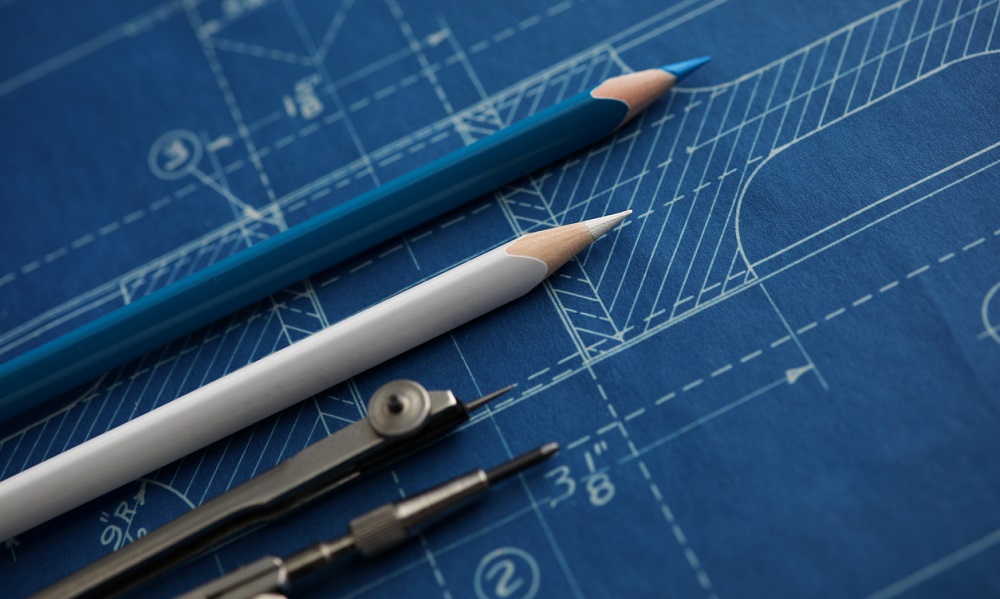Today, April 27, is International Design Day, an event, which seeks to recognize the value of design in society and business. Under the nomenclature ‘industrial designs’, designs were considered industrial property rights in their own right under the Paris Convention for the Protection of Industrial Property (PCPIP) of March 20, 1883, which laid down the ‘de minimis principles’ applicable to our current legislative systems. On this significant date, we take the opportunity to look at a recent judgment by the General Court of the European Union (EGC) that will allow companies to extend the protection of a design by twelve months.
To quote the famous Canadian designer Robert L. Peters, and I add my voice to his clear-sighted reflections on the subject: “Design creates culture. Culture shapes values. Values determine the future.” We should therefore reflect on the importance of designs in the past, present and future of our society in general, and on business activity in particular, where it undoubtedly offers a competitive edge in improving the appearance and function of products, contributing to innovation and the positioning of brands.
The importance of design is present in our day-to-day life, providing efficiency in industry, and improving processes to innovate and create new products. It is present in fashion, generating modern consumer trends, not to mention its social function in transforming common objects so that they can be adapted to the needs of the elderly, the disabled or children with special needs and satisfy their specific demands.
EGC judgment
Accordingly, to mark the occasion of International Design Day, today we look at the judgement issued by the EGC of April 14, 2021 in case T 579/19, which will help us to reflect on the versatility and complexity of these rights. Indeed, the judgment addresses in particular, the link between a patent’s priority rights and its extension to the priority rights applicable to designs.
What are the facts? The German company The Kaikai Company Jaeger Wichmann Gbr (applicant) filed a multiple application for registration of gymnastic and sports equipment at the European Union Intellectual Property Office (EUIPO) on October 24, 2018. When filing the application, the applicant claimed priority pursuant to the international conventions and treaties.
Why? Because, strategically, claiming priority enables successive applications to be filed recognizing as the filing date, the date the first application was filed in each of the countries that are signatory to the PCPIP. However, this is if the applicable time period requirements are met: twelve months from the first application in the case of patents and six months from the first application in the case of industrial designs and trademarks.
In this case, the applicant claimed said priority right based on a first international application for a patent (PCT), the graphic representations of which reproduced exactly as to the designs to be registered. What was the applicant’s intention? That the application filed after the six-month priority period established in design laws, and, in particular, in article 41 of Council Regulation (EC) No 6/2002 on Community designs, be recognized as the first date of filing. The applicant argued that the priority was based on the filing date of an international patent application, which has a twelve-month priority period.
Before a hasty ending, we should bear in mind that article 4 section E of the PCPIP, clearly recognizes the interdependence of the rights in patents, utility models and industrial designs when claiming reciprocal priority:
“E. 1) Where an industrial design is filed in a country by virtue of a right of priority based on the filing of a utility model, the period of priority shall be the same as that fixed for industrial designs. 2) Furthermore, it is permissible to file a utility model in a country by virtue of a right of priority based on the filing of a patent application, and vice versa”.
The priority claim was refused by the EUIPO, and this refusal was confirmed by the Board of Appeal (case R573/2019-3), concluding that both Regulation 6/2002 and the PCPIP establish a six-month period to be applied to priority applications for designs, irrespective of the type of right on which the applicant bases the claim.
The EUIPO’s Board of Appeal clearly and openly recognized the acceptance of a prior claim based on the filing date of a prior patent, if it is in line with the priority periods governing industrial designs, pursuant to Regulation 6/2002 and in an extensive interpretation of the PCPIP:
Article 4, section C, point 1): “The periods of priority referred to above shall be twelve months for patents and utility models, and six months for industrial designs and trademarks.”
In the appeal filed at the EGC, the applicant objected to the manner in which the Board of Appeal had interpreted the application of article 41 of Regulation 6/2002, which does not specifically establish the possibility of claiming priority based on an earlier patent. Instead, the Board of Appeal had to turn to the provisions of the PCPIP in order to “fill the gap in said Regulation, which is silent on the priority period arising from an international patent application”.
For the EGC, it is consistent for the nature of the earlier right claimed to determine the duration of the priority period (TELEYE judgment T-128/99), since if the actual start of the priority right and the start of the period of such right depend on the earlier right, the duration of the priority right should logically depend on the earlier right.
In the eyes of the EGC, article 4, section E, 1 of the PCPIP is a special rule, an exception to the principle that the nature of the earlier right is crucial to establish the duration of the priority period. Accordingly, the EGC considered that the reasoning of the Board of Appeal was incorrect. The EGC held that the Board of Appeal should have based the time period on the nature of the earlier right claimed, the patent, and, in the absence of express provision in Regulation 6/2002, that it should have applied the provisions of the PCPIP.
This judgment by the EGC will have a profound impact on the strategies companies use for protection, since they will be able to extend to twelve months, the protection of a design claiming priority based on a prior patent application.
Garrigues Intellectual Property Department






